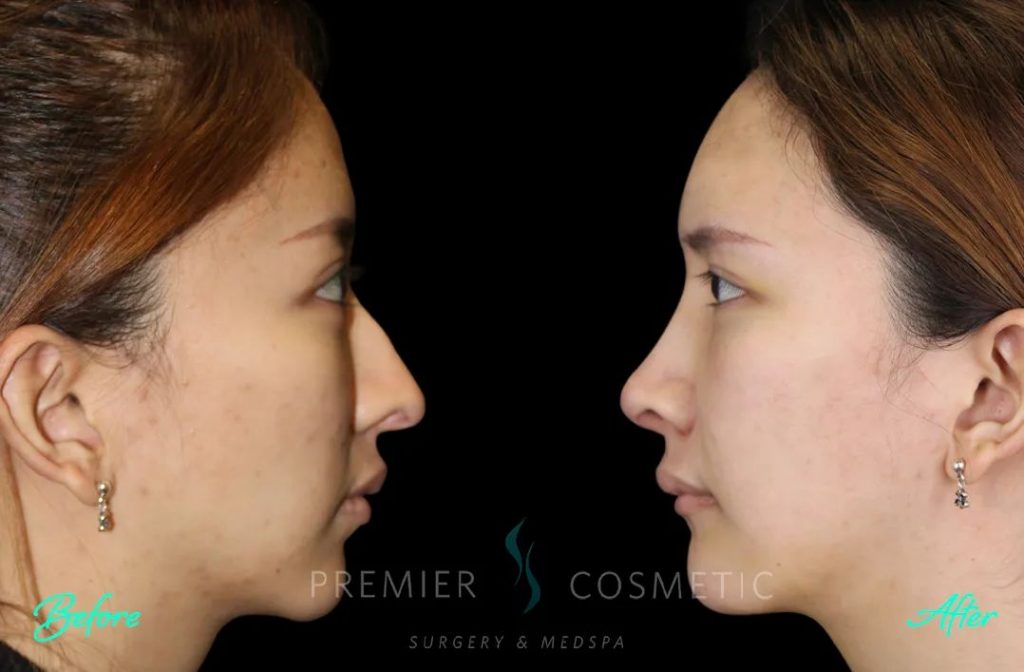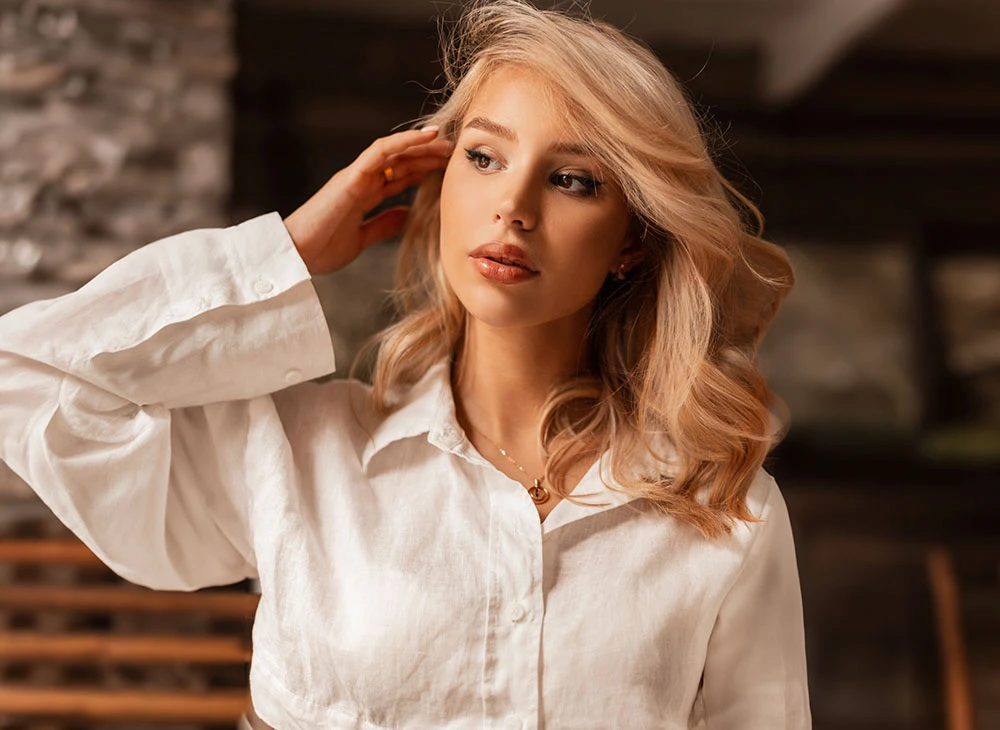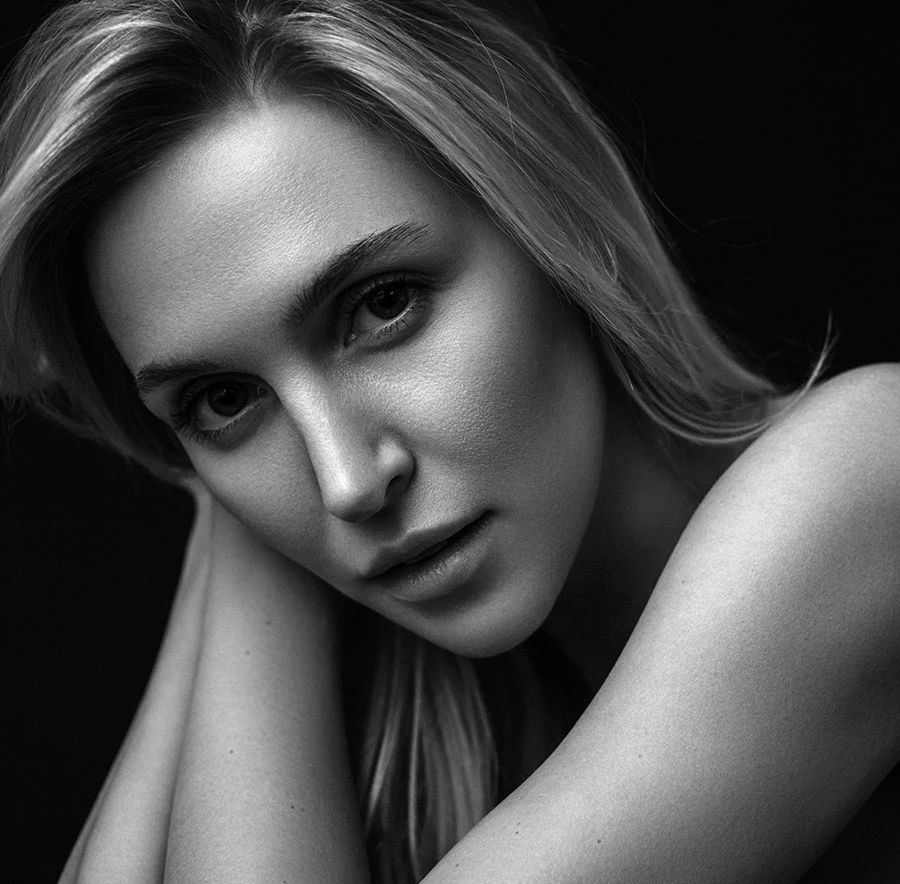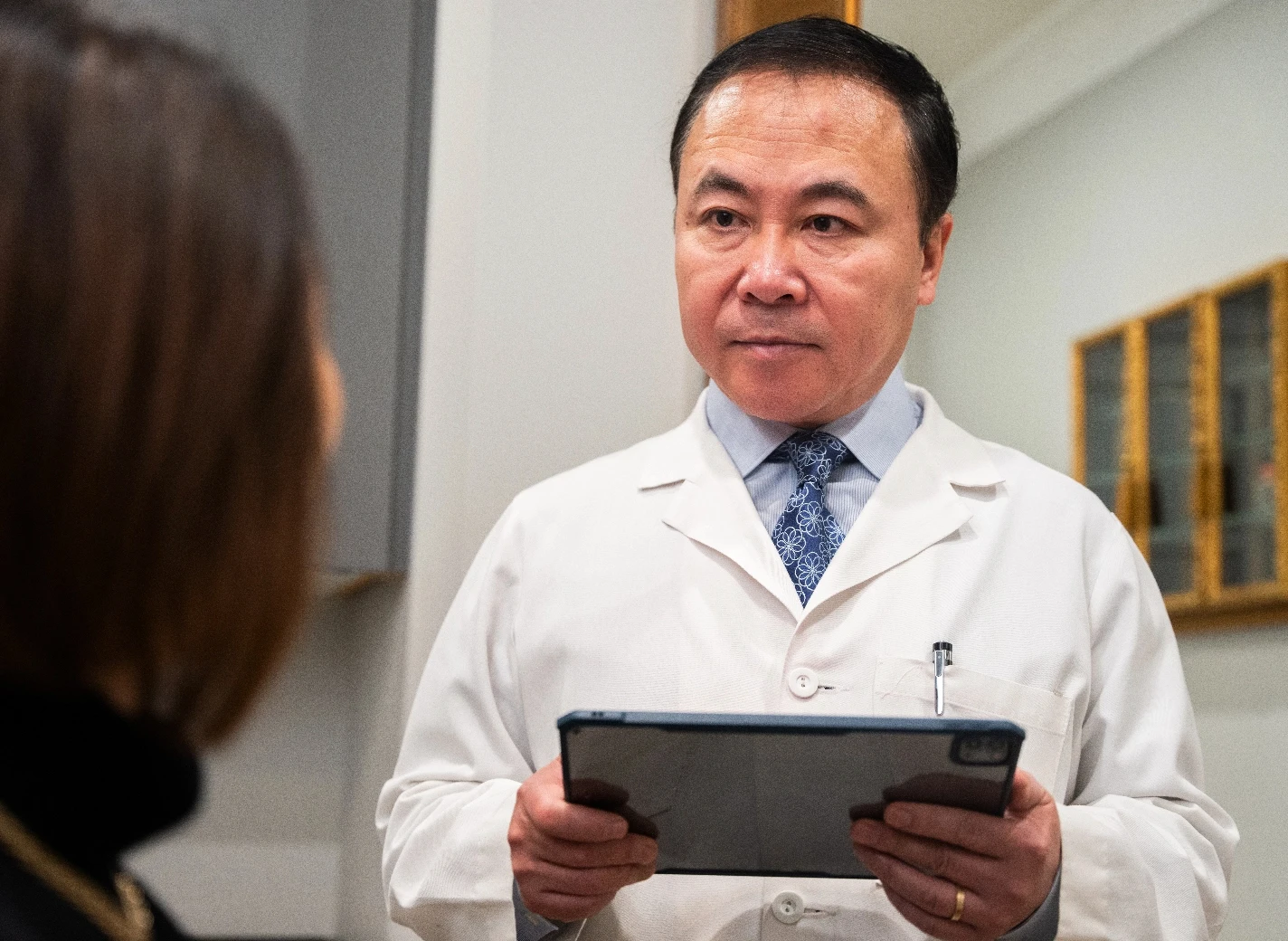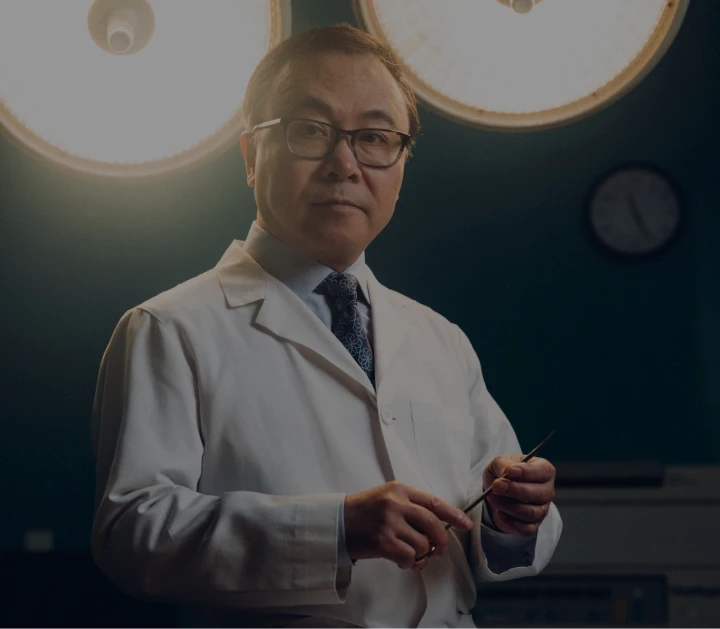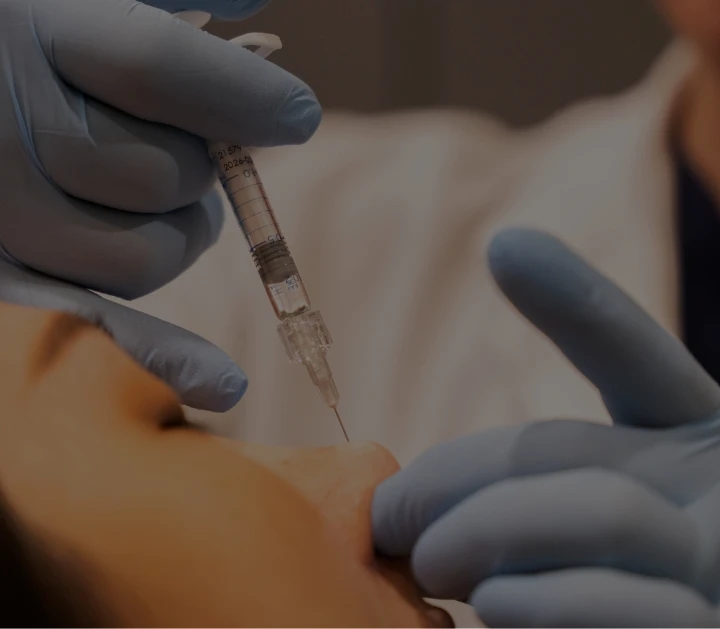Rhinoplasty First Step
What’s The First Step?
The first step to get a Rhinoplasty in Arcadia, Los Angeles, and the surrounding Pasadena area is to schedule an initial consultation. When you come in, Dr. Yu will ask about your medical history, perform a complete examination of your face and nose, and discuss the various techniques available so that you can arrive at the best match for you. He may have photos taken, as well as share past photos of patients, to arrive at your best aesthetic goals.
If you choose to pursue your surgery, Dr. Yu will create a surgical plan and you will speak with our Patient Coordinator for scheduling, pricing options, as well as any pre-operative instructions.



